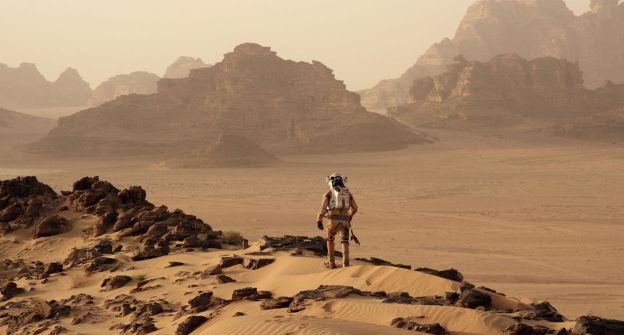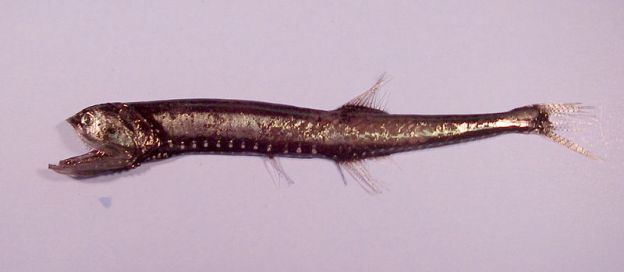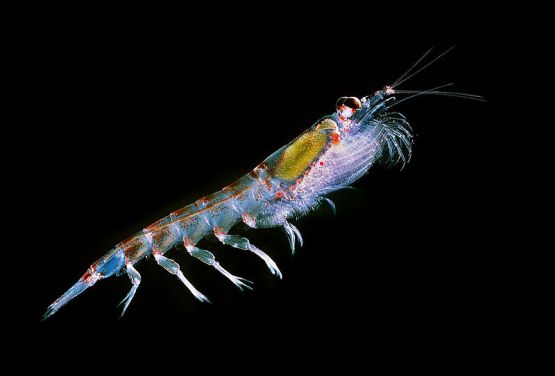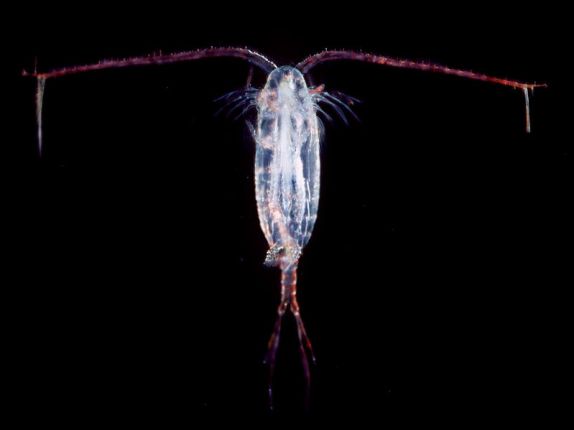In late 2014, I started keeping a list of every single book I read and movie I watched. I looked back at my list from 2015, and picked the best items from it. I also learned a lot about my reading habits.
Some benefits: I can look at trends, can look back someday and have a full list of things I’ve read and watched, and ideally, be able to record my thoughts immediately after to improve my memory of the content and how much I liked it, and avoid the Wikifriends phenomenon. (In practice, I didn’t do that very often.) Also, I can give recommendations! Broadly, this was a useful exercise, and I recommend trying it.
What went on the list:
- Books
- Movies
- Some online works (long serials in book format)
- Plays
What didn’t go on the list:
- Blogs
- Podcasts
- TV show episodes (see a list at the end for shows I watched all of)
- Re-reads or re-watches
- Webcomics
- Video games
- Journal articles
- Things I didn’t want to list for some reason
- Books I only partially read
Everything I Read or Watched in 2015
Ra (online novel, qntm) *
Existence, by David Brin *^
Parable of the Sower, by Octavia Butler *
Splice *
Bender’s Big Game
The Cherry Orchard (play), Anton Chekov *
Harry Potter and the Methods of Rationality (fanfiction, Eliezer Yudkowsky)
Jupiter Ascending *
The Windup Girl, by Pablo Bacigalupi *
The Lolita Effect, by M. Gigi Durham *
The Avengers 2
Who Fears Death, by Nnedi Okorafor *
Mad Max: Fury Road *
Far from the Madding Crowds *
The Moon Moth (graphic novel)
Tig (Movie) *^
Azis Anasari (movie, stand-up special)
Chelsea Peretti (movie, stand-up special) *
Louis CK (movie, stand-up special)
The Name of the Wind, by Patrick Rothfuss
Good Omens, by Neil Gaiman and Terry Pratchet
Dr. Strangelove
Friday the 13th
Nightmare on Elm Street *
(several other sequels in this genre)
The Martian (movie)
Silence of the Lambs (movie) *^
Hannibal (book) ^
Red Dragon (book)
Nausicaa and the Valley of the Wind *
Interstellar
2001: A Space Odyssey
Star Wars: The Force Awakens *
Eddie Izzard (stand-up special) ^
Shows I watched all or almost all of: Hannibal ^, Brooklyn 99 *^, Steven Universe *^, Rick and Morty ^, Fish Tank Kings, Welcome to Night Vale ^
I didn’t write specific recommendations for shows, but will happily vouch for everything listed.
Bolded items are highly recommended, see below.
* – Female main character / mostly about a woman or women
^ – Any explicitly LGBT characters / out LGBT people

Recommendations:
Ra: Dense, very clever sci-fi fantasy with fantastic attention to detail. The plot is intense and keeps escalating, and I imagine that this could get annoying- what you think the story is about, is frequently only a small part of it. But I loved it and how the stakes keep getting higher. The magic is reminiscent of engineering or programming. The characters are ambitious and engaging.
Existence by David Brin: An exciting, complex novel in the form of many entwined stories during Earth’s first contact with aliens. The author puts a lot of detail into a realistic portrayal of the future, and answering the Fermi Paradox. Unfortunately, the plot went in a lot of directions at once and it was far from cohesive, and a major part of the ending was all but copied from his anthology (which I’d already read.) This book also has some somewhat strange sections written from the point of view of an autistic character. While I think he has great intentions, and the overall plotline regarding autism seemed good, Brin isn’t autistic and I haven’t found a review of the book by an autistic person, so I don’t know how it came across.
Given all of the above, I can’t recommend it whole-heartedly. Even so, months later, I keep coming back to the ending, which is subtly inspiring. [SPOILERS ON OUT] It paints a picture of the farther-future in which the definition of humanity has been challenged- there’s the aforementioned autistic people, gay people, flesh and blood humans, and then uploaded human minds; plus: cyborgs, resurrected neanderthals, AIs, uploaded alien minds, baby aliens raised in human society, and even Brin’s beloved talking dolphins.
All of these have arrived on earth, and after social turmoil, humanity responds by… shrugging its shoulders and bringing everyone in. The novel compassionately decides that all different kinds of sentience are valuable. That we don’t need to gatekeep what it means to be a person. And that when the time comes, we’re all getting onto the spaceships together.
Harry Potter and the Methods of Rationality: In my junior year of high school, a friend recommended this to me. He wasn’t the sort of friend who would normally recommend a Harry Potter fanfiction, so I was interested and checked it out. The story finished in 2015- about five years after I found it- so I can write about it here. It’s a fanfiction written by an artificial intelligence researcher, in which Harry Potter is raised knowing about cognitive biases and the scientific method, and proceeds to go to Hogwarts and completely dismantle the magical world using logic.
It’s preachy at times- the author is clearly using it to educate the audience, or, at times, shill his personal philosophy- and yet the writing is good, the preachy parts are compellingly embedded and true to the characters, and by the end I found that it had worked and I had changed my mind on some important philosophical concepts. This story also made me want to self-identify as a rationalist and indirectly introduced me to effective altruism, which, I would say, is one of the best track records possible for a fanfiction.
Who Fears Death: Most fantasy is boring. It takes place in a somewhat sanitized Medieval Europe with wizards and kings and dragons and god, can we as a culture get past this already? Who Fears Death is not that. Who Fears Death is set in a magical post-apocalyptic Sudan and involves magic powers, a heroic quest, and a coming-of-age adventure, but that’s about where any similarity with traditional fantasy ends. It’s beautiful and imaginative and well-written. Sexual violence and genocide play major roles in the book, so read with caution.
Mad Max: Fury Road: A movie I had zero interest in until hearing that men’s rights activists called for boycotts on this “feminist piece of propaganda posing as a guy flick”. Naturally, I had to see it. It’s the most intense action movie I’ve seen- it never slows down- so if that doesn’t sound fun, you may get exhausted and want a nap afterwards. If you like that format, you’ll appreciate the worldbuilding, the stunning visuals, and the characters, yes, most of which are women. Is it feminist propaganda? Sure. The hidden message is “women are people, don’t keep women as sex slaves.” It was a great movie. Best propaganda all year.
Tig: Tig Notaro’s comedy special/documentary is, I believe, still on Netflix at the time of this writing. This is part life story and part comedy feature. Her stand-up is hilarious. I love her timing and deadpan delivery, and she’s now my favorite stand-up comic.
Good Omens: “Georgia, you haven’t read Good Omens yet?” People have been asking me this since literally the dawn of time.
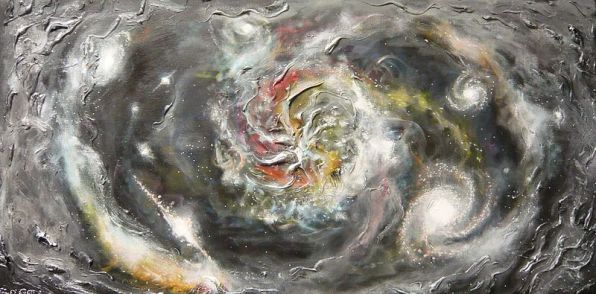
14 billion BC: “You like Neil Gaiman and apocalypse stuff, right? How have you not read it?” || Image by Cedric Sorel
Worry no longer. I’ve read Good Omens. It’s really really good. Uh, the characters are engaging and human and just trying their best in ridiculous circumstances. The humor is, well, ridiculous, and has more jokes-per-word than possibly any book I’ve read. You should read it. Am I about to become one of the swarming masses that nagged me about it in a past life? It may be. The future is so hard to predict.
The Martian: Humanity of Earth gets together to save an astronaut from dying alone on a planet. Humanity of Mars, who’s just one dude, gets his shit together to survive long enough to let them. Everyone is a nerd, and there aren’t any villains- the central conflict might be Man vs. Nature in an abstract sense, but the plot is driven by people solving problems with skill and science. It reminded me of Secular Solstice, and how refreshing it is to get together with a bunch of people and sing songs about the importance of solving problems and making good plans. This is an under-represented genre in media, and The Martian did it fantastically.
Reflections on the List
- I’m sure I left items off on this. In the future, I should make a habit of writing something down as soon as I finish it, rather than waiting until I remember that the list exists.
- Even so, broadly, I’m rather surprised at how short it is.
- Especially nonfiction. I only watched one documentary in 2015? I only read one nonfiction book? Even if I left some items off, the fiction:nonfiction ratio is astonishing. I love nonfiction books! 2015 was the year I started reading a lot of blogs, online articles, and other content that I didn’t record, so I’m not convinced I actually read less fiction than non-fiction- just that it wasn’t in book form.
- 17/33 items listed had female main characters or were mostly about women. 5/33 included LGBT people. (Not just as main characters, but at all.) My memory is foggy on the latter category- there may have been more minor characters- and that’s including Silence of the Lambs, which is about the worst, most transphobic representation imaginable. (I wasn’t actually sure if I should count the movie as such, but excellent blogger Ozymandias discussed it as such on Tumblr, so I will too. More commentary.)
- Another 4/6 instances of LGBT representation came from shows. I’m pleased that all four shows involved gay relationships between major characters.
- Temporal trends! This year, I’ll include dates for extra data. Still, from memory, I can notice a few trends:
- The five-item stretch right after a break-up, where I read three novels in a week.
- The weekend my roommate was out of town and let me use his Netflix.
- The period right after Hannibal (the TV show) was cancelled.
- This isn’t a great record of how much media I actually consumed. Most of what I read or watch is online or in a shorter format. You could argue now that this is a problem and I should read more books because… reasons?… but I have no idea if that’s true. I’ll probably record more TV shows, mid-length works, and journal articles on this year’s list, as well as things I wrote.
- Ideally, I’d like to record news/blog articles as well, but I don’t know of a way that’s easy and mindless enough I’ll reliably do it.
- I learned that the best way to get me to read something is by getting a copy and putting it in my hands. Then, if I’ve expressed interest in reading it, apply mild bothering until desired results are achieved. Should you really want me to read something, for some reason, this may help.

